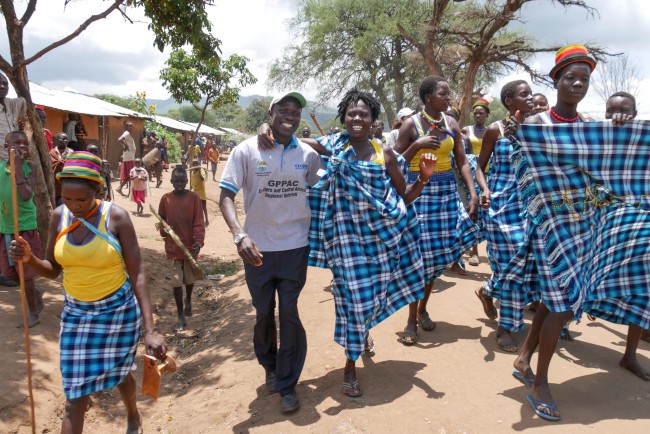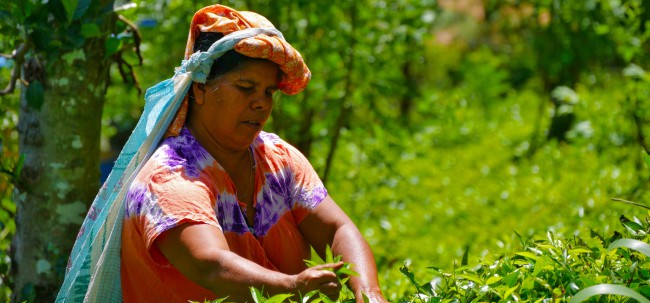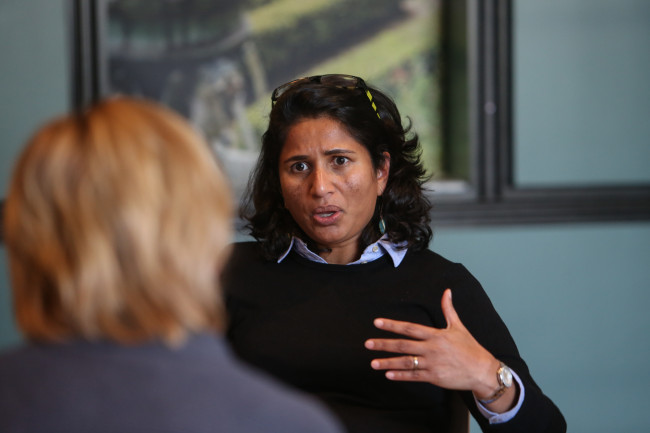
What we do
As a member-led network connecting over 250+ civil society organisations worldwide, we champion a network approach to peacebuilding.
It is simple yet powerful: We connect, collaborate, and catalyse change across regions.
We are a vibrant hub and safe space for local peacebuilders to share their knowledge, exchange experiences, and explore innovative peacebuilding approaches. We embrace inclusive and participatory decision-making, ensuring that all voices, especially those of women and youth, are heard.
We lead peacebuilding efforts.
Our structure guarantees that local peacebuilders are in the lead. We put co-creation at the heart of designing and implementing peacebuilding projects.
Shaping global change based on local insights.
Our influence reaches far beyond our network. We're passionate advocates for locally-led and locally-owned peacebuilding, bridging the gap between local insights and global policy by engaging policymakers at all levels. By leveraging our network's knowledge, we shape global policies and programs. This synergy ensures peacebuilding strategies resonate with local realities, resulting in effective and lasting change.
Three pillars, one goal
We concentrate our peacebuilding efforts around three themes
- Locally-led peacebuilding action: We are deeply committed to ensuring local ownership and leadership for sustainable peacebuilding.
- Inclusion of women and youth: We have unwavering confidence in women and youth as agents of change. Inclusion isn't an afterthought; it's a guiding principle in everything we do.
- Climate security and emerging threats: We firmly believe in putting local leadership and knowledge at the forefront to effectively tackle the pressing challenges of climate change and other emerging threats.
Join us and contribute to a world where peace is not just an aspiration but a reality shaped by the knowledge of those who know best—local peacebuilders. Explore our network, discover our impact, and become a part of a global movement rewriting the story of peacebuilding.

Locally-led Peacebuilding Action
We are deeply committed to ensuring local ownership and leadership for sustainable peacebuilding.
Inclusion of Women and Youth Peacebuilders
We have unwavering confidence in women and youth as agents of change. Inclusion isn't an afterthought; it's a guiding principle in everything we do.

Climate Security and Emerging Threats
We firmly believe in putting local leadership and knowledge at the forefront to effectively tackle the pressing challenges of climate change and other emerging threats.
Our Ways of Working
We continue to amplify our members’ expertise to ensure a greater peacebuilding impact on the ground. We mobilise collective action to stand in solidarity and act as a joint force for peace. We influence policy and practices to advance more locally-driven and informed decision-making, policies, and practices.

Past Projects
GPPAC works to prevent conflict, rather than reacting to conflict. Past projects focused on enhancing EU peacebuilding capacities, enhancing the regional peacebuilding capacities, addressing underlying causes of instability and conflict in the Great Lakes Region and more.